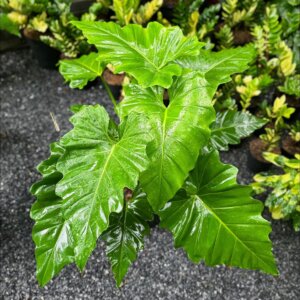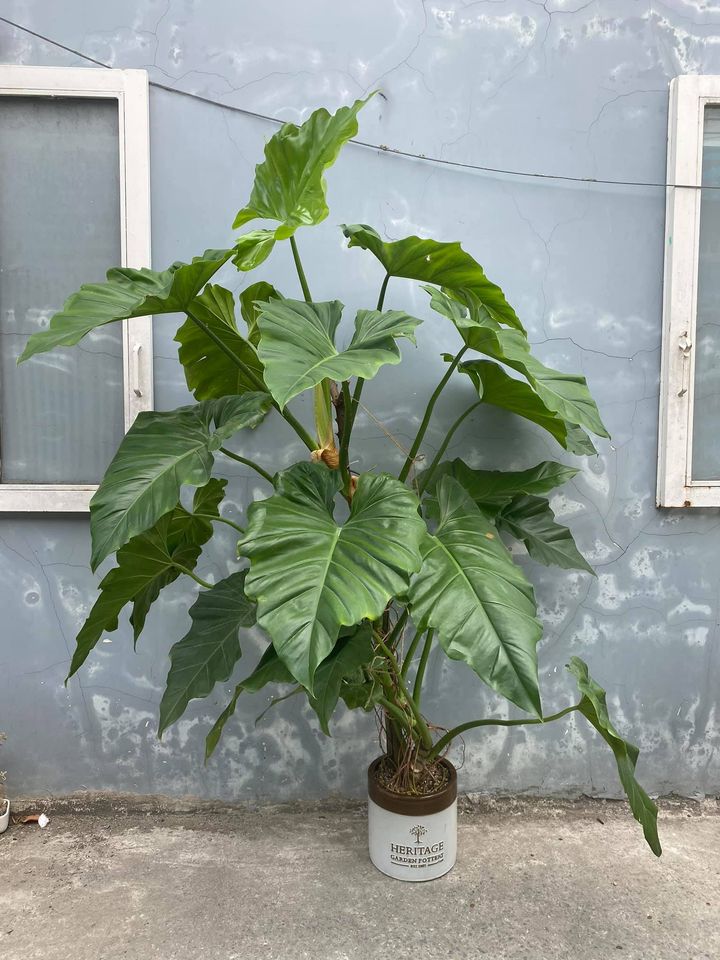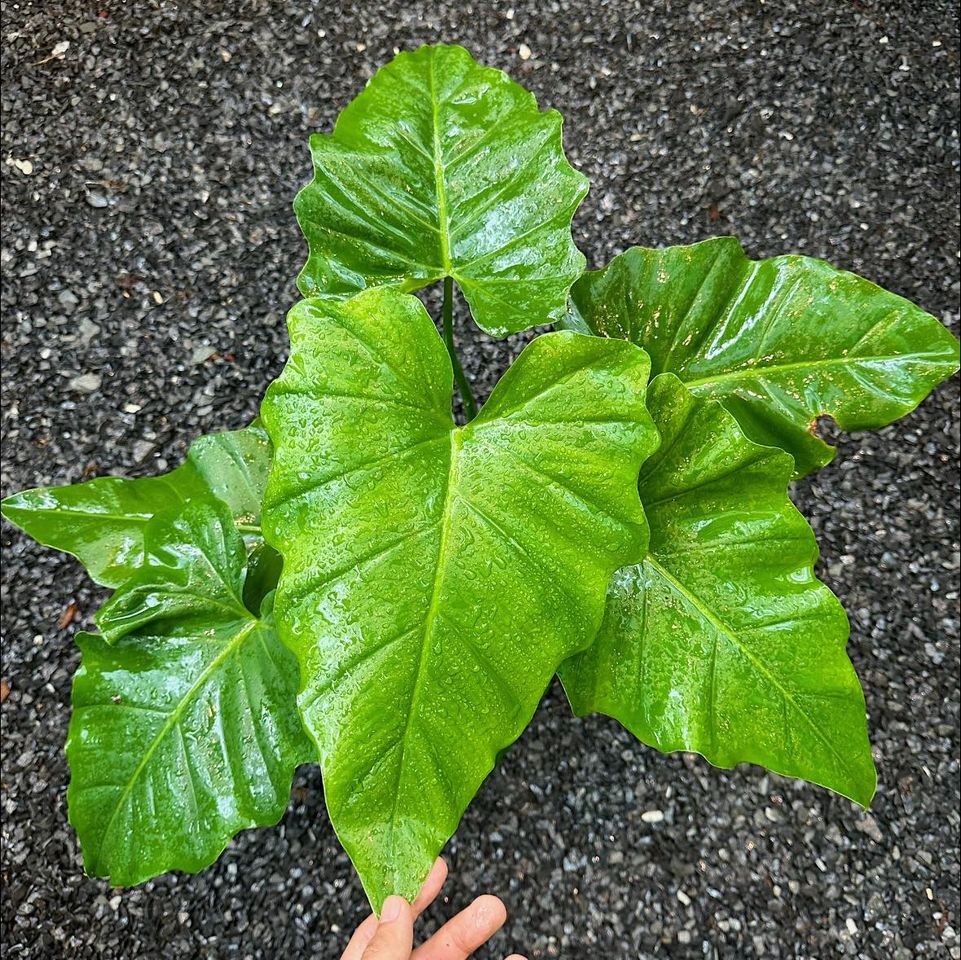Basic Information
Philodendron Subincisum, also known as the “Silver Sword Philodendron,” is a tropical rainforest plant native to Central and South America. It belongs to the Araceae family, which includes popular houseplants like Monstera, ZZ plants, and Peace Lilies. This plant has gained popularity due to its distinctive silvery-green leaves and low maintenance requirements.



Light
Philodendron Subincisum requires bright, indirect light for optimal growth. It is important to avoid both harsh direct sunlight, which can burn the leaves, and too dim conditions, which can lead to leggy growth. The plant needs a minimum of 250-foot candles (FC) to survive, but for the best growth, aim for a light intensity between 280 FC and 400 FC. A light meter can be helpful in finding the best spot for the plant. If moved outdoors, place it under a large tree to avoid direct sunlight.
Water
Watering requirements of plants vary according to environmental factors such as temperature, humidity, and season. It’s crucial to check the moisture content of the soil before watering. The top few inches of soil should feel dry to the touch. During the growing season, plants should be watered once a week. However, watering should be reduced to once every two weeks in winter. It’s essential to use filtered water to prevent the accumulation of chlorine and fluoride in the soil, as these chemicals can harm the plants.
Soil
For the Philodendron Subincisum, it is recommended to use an acidic, fast-draining soil with a pH range of 5.3 to 6.1. You can use pre-mixed aroid soil or create your own mix by combining perlite, peat moss, vermiculite, orchid barks, and charcoal. The soil composition should allow proper drainage while retaining enough organic matter to nourish the plant.
Temperature
As a Philodendron Subincisum that thrives in warm climates, this plant requires temperatures between 60°F to 85°F. The plant’s roots are unable to absorb water and nutrients when the temperature drops below 55°F. Therefore, it’s important to avoid cold drafts and sudden temperature changes to prevent causing stress to the plant.
Humidity
The ideal humidity range for Philodendron Subincisum is between 60% and 75%, although they can also adapt to normal household humidity levels. However, it’s still recommended to maintain humidity above 45% to ensure their optimal growth and health. You can monitor humidity levels using a hygrometer and increase them using methods such as a pebble tray or a plant humidifier.
Fertilizer
It is essential to fertilize plants regularly to maintain their health. During the growing season, it is recommended to use a balanced, water-soluble fertilizer every two weeks. Over-fertilization should be avoided to prevent damage to the leaves and roots. Liquid fertilizers are preferred as they are easily absorbed and have an immediate impact. Additionally, adding compost to the soil can provide sustained nutrient supply to the plants.
Growth Rate
Philodendron Subincisum can grow up to 7 to 9 feet in height when grown indoors. To manage its growth and promote new foliage, it is recommended to prune it during the spring and summer seasons. You can use sterilized shears or a knife for pruning, and it is important to clean the leaves and surrounding area after pruning to maintain hygiene.
Pet Safety
This plant is toxic to humans and pets if ingested or touched. Symptoms include drooling, stomach pain, and skin irritation.
Grow in Semi-Hydro
- Philodendrons, celebrated for their lush foliage and adaptability, thrive in semi-hydroponic systems such as LECA/Pon, thanks to their resilient root systems and preference for consistent moisture.
- Shifting a Philodendron to a semi-hydroponic setting works well using a Nutrient Stagnant Wicking (NSW) method, providing a stable and effective environment for growth.
- Within the LECA/Pon environment, Philodendron roots adapt swiftly, effectively managing any early challenges in adapting to the NSW system.
- For nourishing Philodendrons in semi-hydro systems, a nutrient solution with a concentration around 800-1000ppm is optimal.
- Philodendrons are versatile in adapting to a range of temperature and humidity levels, making them ideal for various indoor settings.
- Regular care involves keeping an eye on the water level in the reservoir and periodically flushing the system to ensure the Philodendron’s healthy and consistent growth.
- If your Philodendron is a climber, it’s a must to look at our Moss Pole guide to have a proper set-up.
Tips
- Ensure even growth by rotating the plant regularly.
- Wipe leaves with a damp cloth to keep them dust-free.
- Repot in a slightly larger pot every 1-2 years or when rootbound.
- Provide support like a moss pole or trellis for the plant to climb.
- Monitor the plant for pests or diseases and treat them promptly.
Philodendron Subincisum is an attractive, low-maintenance houseplant ideal for novice and experienced plant lovers. With the help of the tips and guidelines provided in this article, you can ensure that your plant flourishes and produces its stunning foliage for many years to come.
Happy planting! 🌱


